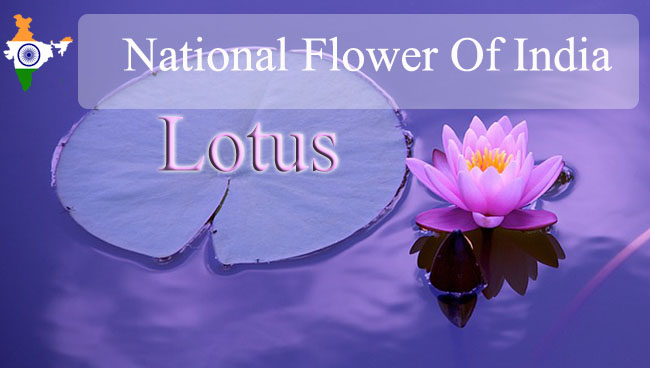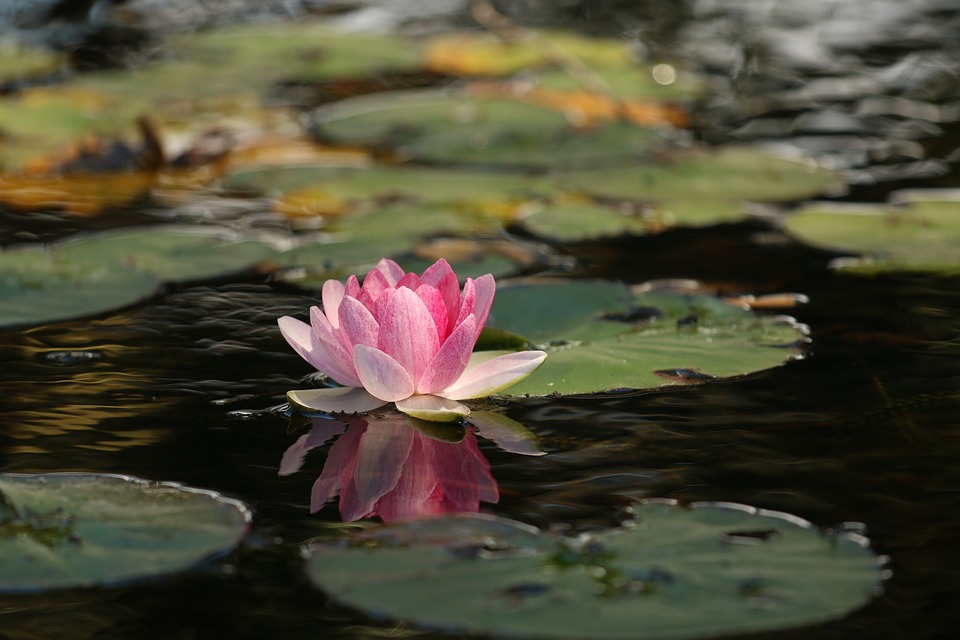National Flower Of India | Lotus

Lotus scientifically known as Nelumbo Nucifera is the National Flower of India. It is a sacred flower and occupies a unique position in the art and mythology of ancient India and has been an auspicious symbol of Indian culture since time immemorial. The Lotus symbolizes divinity, fertility, wealth, knowledge, and not to forget enlightenment. Lending to its uniqueness, the flower grows in murky waters and rises on a long stalk above the surface to bloom gloriously. It is also a symbol of triumph since the lotus is rooted in the mud and can survive to re germinate for thousands of years. It represents long life, honor, and good fortune.
Untouched by impurity, lotus symbolizes the purity of heart and mind. Human beings are instructed by Indian scripture to live a life of non-attachment, which is very hard. The lotus holds additional significance for Hindus, as it is a symbol of God and is used often in religious practices. Then in Indian thought, there is the last and final lotus – Charan Kamal or lotus feet of the Almighty. It was this depth of thought that made the founding fathers of modern India enshrine the lotus in the Constitution as the National Flower.
Suggested Read: National Tree Of India

Among the various flowers of the Indian sub-continent, the flower Lotus is regarded with divinity and grace. Often, Goddesses Lakshmi and Saraswathi are associated with the flower lotus. Even Lord Siva, who wanted to escape the wrath of the Lord Saneeswaran, morphed himself into the shape of a bee and took asylum inside a lotus. Buddhists regard this flower as a sacred one.
Lotus symbolizes purity, beauty, majesty, grace, fertility, wealth, richness, knowledge, and serenity. They are found in white and pink colors in general and they grow in shallow and murky waters. Some blue-colored flowers are also sighted. These flowers enjoy warm sunlight and are intolerant to cold weather. Hence they cannot be seen blossoming in the winter. The floating leaves and flowers have long stems, which contain air spaces to maintain buoyancy.
The plant is having various uniqueness attached to it. Though the large leaves of the plant are floating on the surface of the water, even a drop of water is not accommodated on top of the leaves. Perhaps – they are teaching human beings, to lead a life of non-attachment and avoid worldly pleasures.
Suggested Read: National Song Of India

Suggested Read: National Symbols Of India
